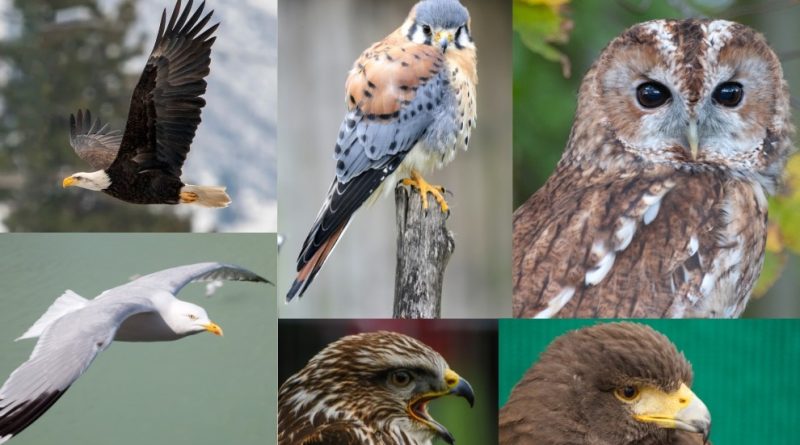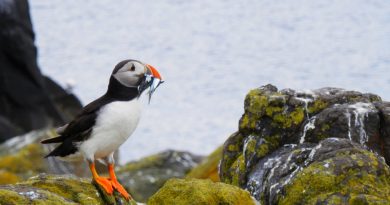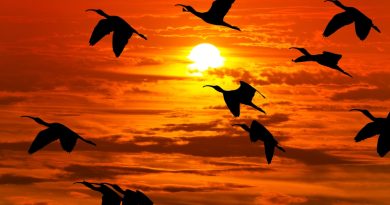What are raptors
WHAT ARE RAPTORS
Raptor is the name given to hundreds of species of predatory birds, such as eagles, hawks, falcons, and more. These birds are known for seizing their prey, hence the name (“raptor” means to seize, plunder). In other words, raptors capture and carry their prey with their huge claws.
Raptors have some very specific physical characteristics: sharp, hook-shaped beaks, strong talons, and very keen eyesight and hearing. Some species are diurnal (hunt during the day), as is the case with eagles. Others are nocturnal, like owls.
Eagle
Eagles are large birds of prey, among the largest birds on Earth. Known for their excellent vision, they can spot prey up to 3 kilometers away! They belong to the eagle family, which also includes other birds like hawks and vultures.
There are about 70 species of eagles, most of which are found in Europe, Asia, and Africa. There are only two species in North America: one of them is the bald eagle (Haliaeetus leucocephalus), which is the symbol of the United States.
There are nine eagle species in Brazil, including the Harpia harpyja, commonly known as the harpy eagle, found in parts of the Atlantic Forest and the Amazon. It is the largest eagle species globally, with a body length of over one meter and a wingspan (the distance between the two wingtips) of over two meters!
Females are larger than males and can weigh up to 9 kg. With their 7 cm long claws, the harpy eagle can capture relatively large prey, such as sloths and monkeys.
Hawks
Hawks belong to the same family (hawkidae) as falcons and are physically very similar to them. An important difference between hawks and falcons is that the latter are smaller (most species weigh less than 1 kg). Also, the strength and thrust of the hawk are not as good as those of the eagle.
Like falcons, hawks are diurnal: they are active during the day, spending most of their time gliding over forests, waiting for the perfect moment to attack their prey, usually small animals like lizards, rodents, birds, frogs, and insects.
There are about 250 hawk species worldwide. There are more than 40 species in Brazil, among which the roadside hawk (Rupornis magnirostris) is distributed throughout the country. The roadside hawk is also known as a jaqueira compared to other hawks: it reaches a length of 65 cm.
Hawks are smaller birds compared to eagles. They have short beaks and long, pointed wings. They are the smallest birds of prey globally. The largest individual can reach 60 cm. Most species weigh no more than half a kilogram.
Due to their size and the aerodynamic shape of their wings, hawks are very agile birds of prey, capable of extremely fast strikes. Unlike eagles and falcons, hawks are not hovering birds. When they attack, they project themselves into the air like an arrow to capture their prey (usually insects, lizards, rodents, and other birds).
Another characteristic of the hawk is the notch (broken tooth) on the beak, which can be used to break the neck of the prey. This distinguishes hawks from eagles and falcons, which kill their prey by piercing them with their talons.
There are about 60 species of hawks worldwide, 20 of which are found in Brazil. The largest hawk species globally is the gyrfalcon (Falco rusticolus), found in colder regions of the northern hemisphere. Females are larger than males, reaching a length of 60 cm and weighing over 2 kg.
Owl
Owls are primarily nocturnal birds of prey. There are more than 220 owl species (Strigiformes), which can be found in almost all regions of the world, from the tropics to the Arctic.
Owls have unmistakable physical characteristics: concerning their bodies, they have large and round heads, flat faces, and large forward-facing eyes. Their beaks are small but very sharp, as are their talons, which they use to catch snakes, lizards, fish, rodents, and insects.
A very strange feature of owls is the ability to rotate their necks 170º. In contrast, humans can only turn their heads 80 degrees.
This extraordinary ability of owls is due to the fact that these birds have fixed eye sockets, which prevent them from moving their eyeballs. The rotation of the owl’s head is an evolutionary adaptation to compensate for their limited field of vision.
There are 23 owl species in Brazil. A very common species is the burrowing owl (Athene cunicularia), which has both nocturnal and diurnal habits and can be observed throughout the country. Its common name refers to its habit of nesting in burrows in the ground.
Vulture
Vultures are scavengers, meaning they mainly feed on dead animals. Therefore, they are known as “nature’s cleaners.” In addition to feeding on injured and sick animals, some vulture species can also feed on small animals like snakes and birds.
To find their food in nature, vultures mainly use their super-sharp vision, capable of detecting dead animals miles away. Some species, such as the bald eagle, are capable of locating corpses by smell.
Vultures are medium to large birds: they weigh between 1 and 2 kg and have a wingspan of about 1.80 meters. They belong to the vulture family, which includes American eagles. These five species of condors can be found in Brazil.
The largest and most majestic of all species is the king vulture (Sarcoramphus papa), weighing between 3 and 4 kg and with a wingspan of over 2 meters! King vultures are at the top of the vulture hierarchy and have an advantage over other species in devouring carcasses.
There are only two condor species: the Andean condor (Vultur gryphus) and the California condor (Gymnogyps californianus). As their names suggest, both species can only be found in the Americas.
They belong to the same vulture family (Cathartidae) and, like them, are scavengers. They are extremely capable of gliding, able to fly hundreds of kilometers in a single day in search of food (animal carcasses).
Now that you know what raptors are, share this curiosity with your contacts and enjoy the content. There’s a lot of exciting stuff for you, and the hottest topics on the internet, you can follow here, stay tuned!




